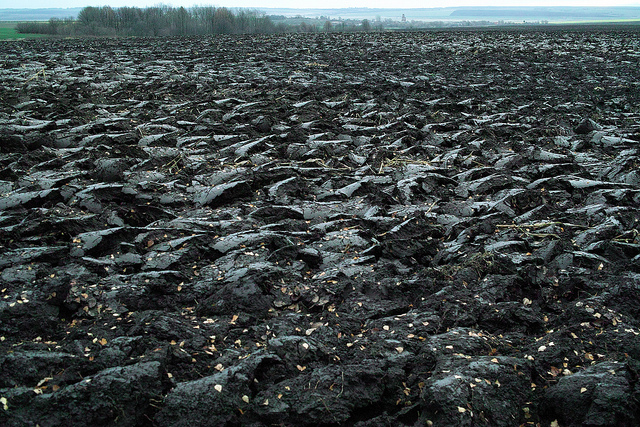Both mining and agriculture are vital for the economic growth of the country. However, in situations, when rich ore reserves are situated underneath fertile soils, decision makers have to choose between a fast economy boost vs. long-term development.
While being an engine of industrial and economical development, mining projects commonly contribute to arable land loss by soil contamination, water and air pollution as well as biodiversity loss. It also negatively affects public health and can displace communities.
Although, it is claimed that mining industries can co-exist with agriculture, the reality is that 25% of world’s arable land is degraded because of human activities and of these, the mining industry is one of the major contributors. It does not help the fact that the majority of these mining projects are situated in developing countries, where commitment for environmental law enforcement is low.
Russia has the largest land area in the world, but only 10% of its land is used for agricultural purposes. It means that from more than 17 million, only 1.7 million sq km is used for agriculture. In the past 25 years Russia has lost 0.3 million sq km of arable land, mainly due to poor land management and extraction of minerals.
In 2011 the government of Russian Federation approved the development of nickel mining project in Voronezh region. It is the region with fertile black soils and it makes this part of Russia the most productive in terms of agriculture. Bearing in mind that only 13% of Russia’s territory is arable land and decrease in agricultural productivity, the decision to convert fertile land into nickel mine questions Russia’s strategy for food security and raises serious environmental concerns.
Apart from the direct losses of agricultural output and jobs among smallholder farmers in the region, the mining project is a threat to Azov Basin and, particularly, to Khopra River which is believed to be the cleanest river in the basin. Moreover, mining project is also situated in 15 km from Khopra Nature Reserve which is a unique oak forest and home for endangered species. In its turn the realization of the project will potentially bring several problems in terms of public health such as respiratory diseases and accumulation of toxic metals in human body.
Another Russian nickel mine near Norilsk is believed to be one of the most polluted places in the world. It is described as a wasteland because there is no vegetation in the radius of 24 km around the smelter. Local population of Khopra region is afraid that mining will affect black soil region in the same manner, people organize protests on the streets and are trying to influence the realization of the project. However, both local and central government rejects referendum voting on the problem.
